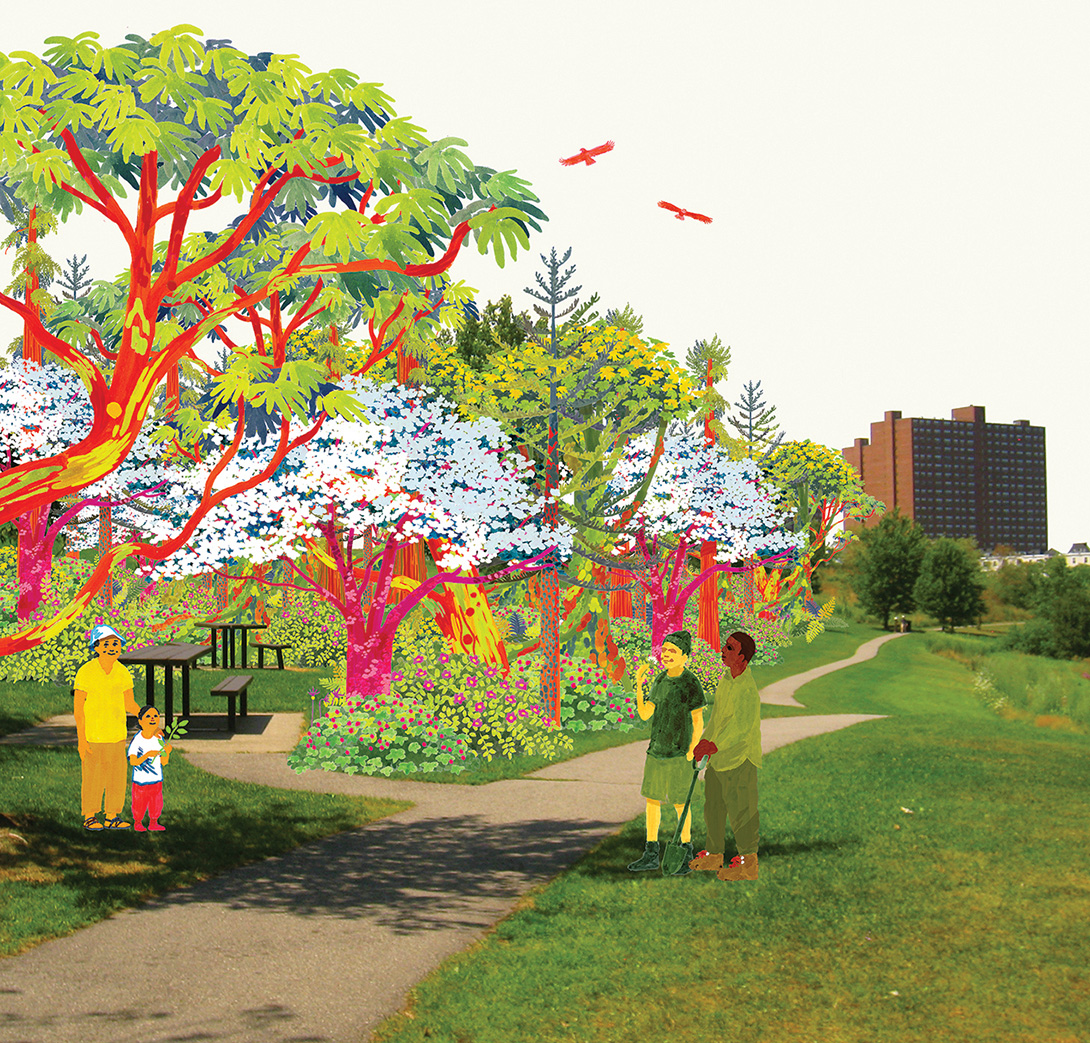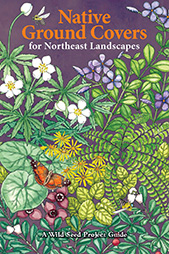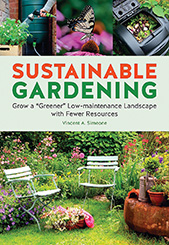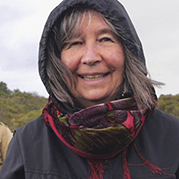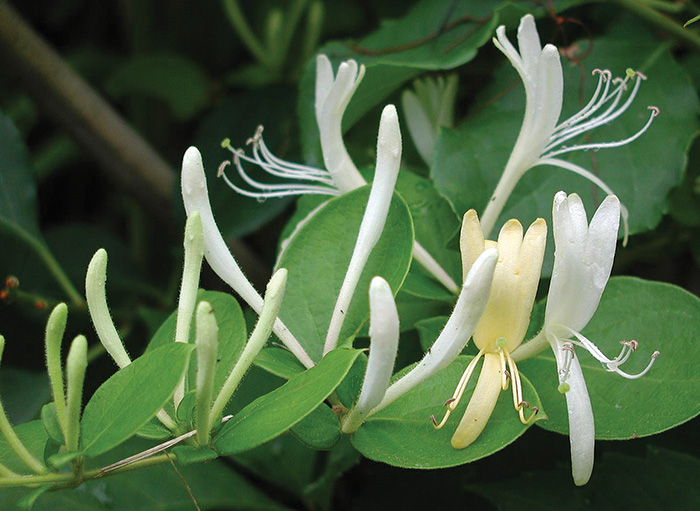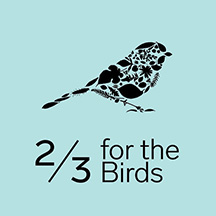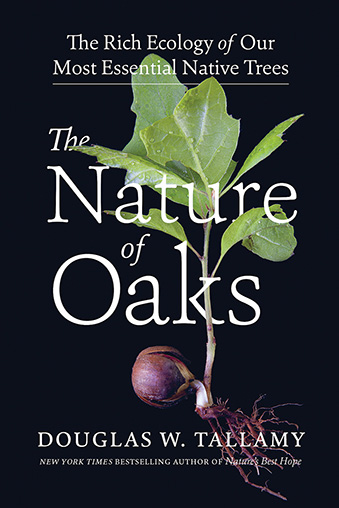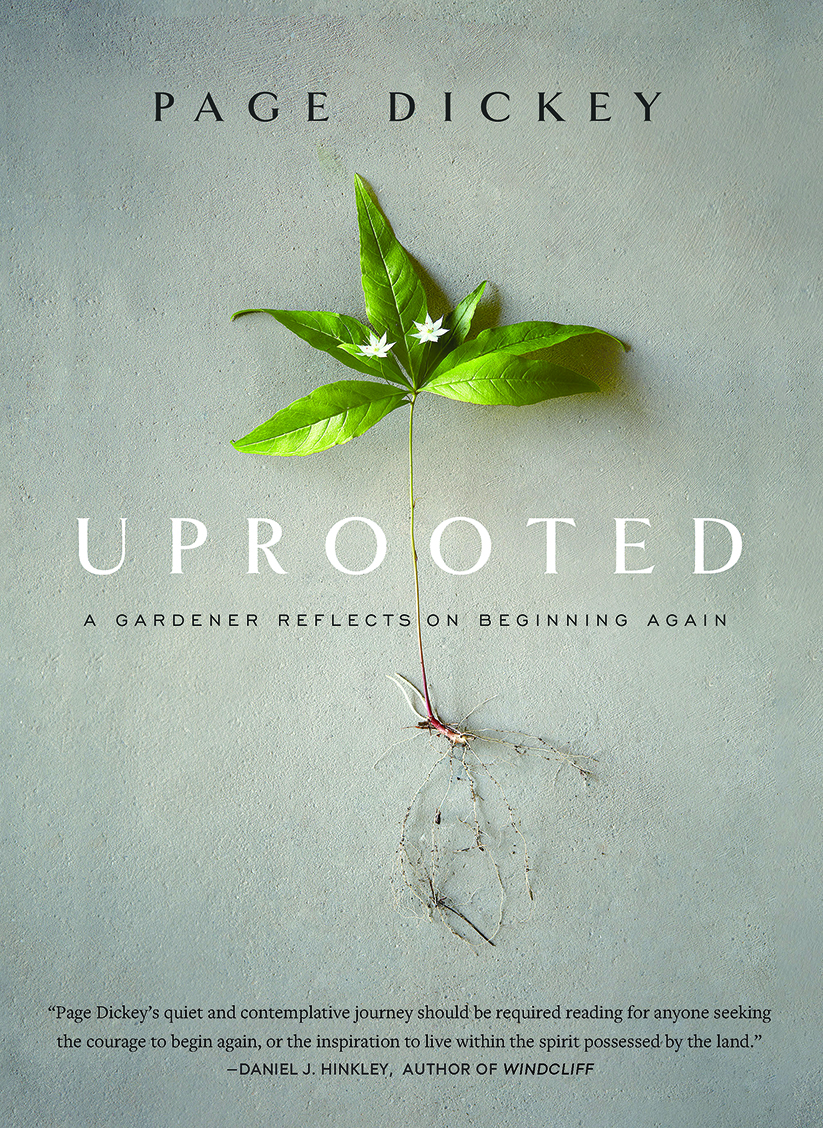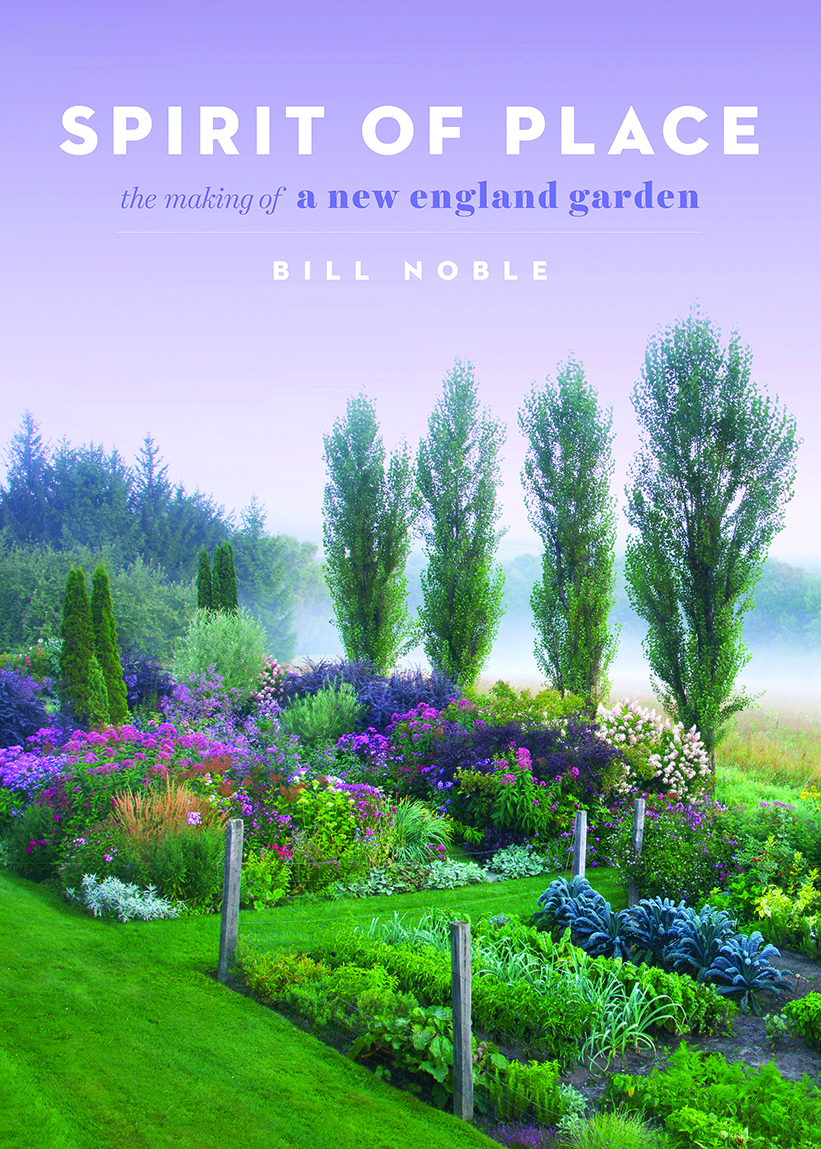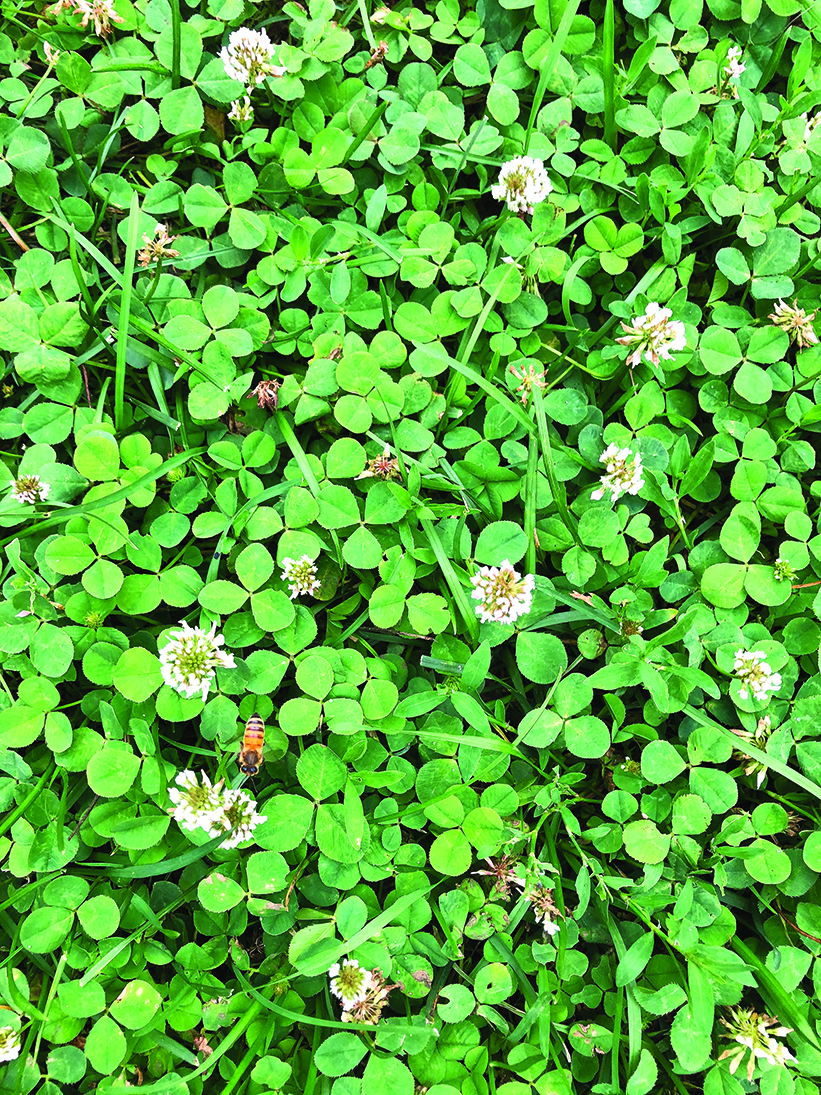Graphic / Henry McCausland, SUGi Project – An artist’s rendition of what the Miyawaki Forest in Cambridge might look like one day. By Will Rowlands Last July, on an extremely hot day we visited a Miyawaki Forest – a 4000 square foot miniforest or pocket forest – planted the previous fall at Danehy Park in Cambridge, Mass. It’s the first Miyawaki Forest in the Northeastern US and was planted on Sept. 25, 2021. The City of Cambridge says it will “boost biodiversity and climate resilience.” Danehy Park is a 49-acre facility located on a former landfill. A press release from the City of Cambridge explains … “The Miyawaki method is…
-
-
Native Ground Covers
This is a wonderful little handbook on native ground covers by Anna Fialkoff and Heather McCargo from the Wild Seed Project. It makes a great companion to Native Trees for Northeast Landscapes, published by the same organization. What’s Inside• Profiles of 48 native ground cover species that add color and texture while building soil health and fostering wildlife habitat.• Six illustrated guilds of ground cover combinations designed for different conditions• An overview of the many ecological benefits native ground covers can provide• Recommended reading and resources Plant ProfilesEach profile has:• A basic description• At least one color photo• A chart showing light and water requirements and growth rate• Related Species…
-
Sustainable Gardening
Sustainable Gardening is a good introduction to the basic concepts involved in creating and maintaining a sustainable landscape. Author Vincent Simeone discusses a number of important issues:• Composting• Reducing your carbon footprint• Water conservation• Rain gardens• Organic gardening• Lawn reduction• Lawn alternatives• Limiting chemical inputs• Removing invasive species• Soil health management• Right plant, right place• Ecological landscape design• IPM (Integrated Pest Management) It’s not a simple process and is more complicated than putting in a few plants for pollinators. You basically have to learn how to think ecologically. The good news is you can start small and work your way up. There are a number of ways to start: adopt…
-
To Speak for the Trees
In case you didn’t get the memo, trees are really important. Forests are literally the lungs of planet Earth and trees like oak (Quercus spp) support hundreds of species of butterflies and moths, which in turn support our local bird communities. I was excited to read Beresford-Kroeger’s new book and hear her viewpoint. She’s a scientist who brings a certain je ne sais quoi to the mix because she was also steeped in ancient celtic knowledge at an early age. She may be the last person to have been taught this way directly. Diana isn’t your average writer, she’s a polymath with undergrad degrees in botany and medical biochemistry and…
-
Invasive Honeysuckles
First off, a big thank you to the subscriber who came up to me at the CT Flower & Garden Show in Hartford in February and asked about invasive honeysuckles. I don’t know how but honeysuckles have somehow escaped being featured as an invasive in Connecticut Gardener. Until now, that is! Very tricky of it. A whopping six species of Lonicera are considered invasive in Connecticut. Perhaps the best known, Lonicera japonica (Japanese honeysuckle), is a perennial woody vine. The other five are perennial shrubs. How Do You Tell Them Apart? There are a number of botanical differences but the easiest one to remember is this … native honeysuckles have…
-
Two-Thirds for the Birds
By Will Rowlands We’ve been promoting native plants ever since we took over Connecticut Gardener magazine in 2010. The reason for this is fairly simple … biodiversity is a good thing. It’s not only better for birds, pollinators and insects, it also creates a more resilient ecosystem. A yard with a large lawn and some boxwoods doesn’t do anybody any good, ecologically speaking, especially if you’re using chemicals to maintain the property. It’s essentially an ecological wasteland at a time when populations of birds, pollinators, insects and native plants are all declining. We’re excited to see that native plants have finally begun to get some traction in the last few…
-
The Nature of Oaks
By Anne Rowlands Of course Doug Tallamy would write a book about oaks. TThe University of Delaware entomologist has been praising and raising awareness of Quercus for years in his widely popular books and lectures, and this newest book is fascinating. It’s a really useful field guide – not only to oaks, but also to the myriad species that play a part in the oak ecosystem. “Oaks support more forms of life and more fascinating interactions than any other tree genus in North America,” writes Tallamy. The content drives that home. I found this little book (200 pages) to be written for those who want to dive into the science…
-
UPROOTED
By Will Rowlands Page Dickey’s former garden – Duck Hill in North Salem, New York – is well-known to garden buffs. It’s been featured in numerous publications and Dickey has written two books about it. Things changed when Dickey and her husband, Francis Schell, started considering a move. She was thinking of another quirky farmhouse, an apple orchard and maybe a real meadow. Who can blame her? I’d like a meadow and an orchard of Northern Spies. Dickey’s reasons for leaving are familiar to many of us: they were getting older, the cost of living was high and the three acres of intensive plantings were a challenge … and there…
-
Spirit of Place
By Will Rowlands Bill Noble didn’t start out with a degree in horticulture, botany or landscape design. He grewup in Norwalk and had an assortment of jobs as a young man, including construction and market gardening. He got a lot of experience when he landed a job in the ’70s at the property of Augustus Saint-Gaudens in Cornish, NH. Saint-Gaudens was a prominent sculptor in the 1800s. As many as 100 other artists and performers joined him there and the area eventually became the Cornish Art Colony. It was a place where artists such as Maxfield Parrish and Frederic Remington, and performers like Ethel Barrymore and Isadora Duncan, could escape…
-
Clover – Back in Style
By Will Rowlands An interesting thing happened this spring. I had recently finished a story about the positive aspects of dandelions and was enjoying not chasing around after them when, all of a sudden, it struck me that we had a lot of clover in our lawn. I remember clover in lawns when I was kid back in the 1950s and 1960s. It was a traditional part of lawn-seed mixes until people started using broad-leaf herbicides. The chemicals were meant to kill dandelions, plantains and other “weeds” but they also killed clover. In those less enlightened times, people didn’t necessarily want to attract bees and other pollinators to their yard,…
